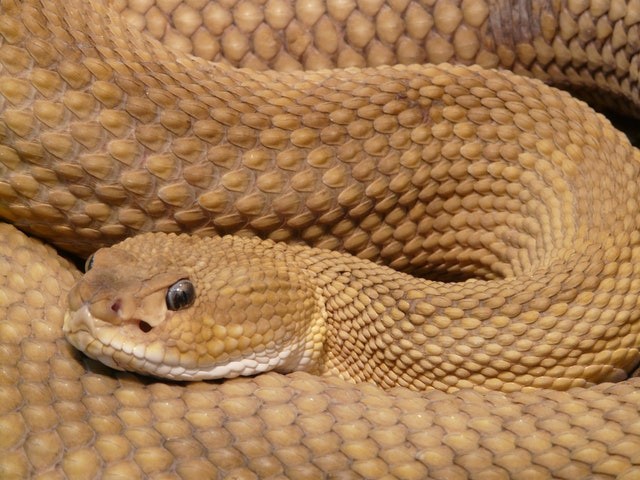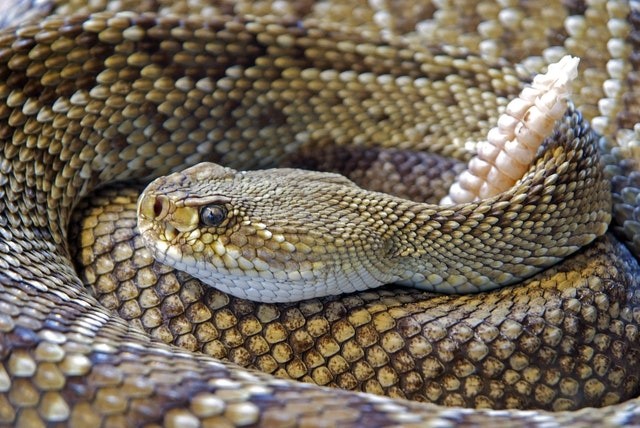
According to zoo officials, a venomous snake bit a worker at the San Diego Zoo on Monday. The spokesperson of the zoo said the wildlife care specialist was instantly conveyed to a hospital for a check-up and medical care. The incident happened while the worker was taking care of the reptile in a private area.

Effects of African Bush Viper's Venom
The zoo said in a statement to USA TODAY: "Although the San Diego Zoo takes care of a number of venomous reptiles, incidents like this are very unusual, and the snake was restrained at all times with no escape risks."
The snake involved in the incident is an African bush viper, also called Atheris squamigera. Indigenous to parts of central and western Africa, their venom can cause hemorrhaging, fever, and maybe death in humans, according to the Museum of Zoology website of the University of Michigan.
No Known Antivenom for the Venom of African Bush Viper
According to the Seneca Park Zoo in Rochester, New York, there is no known antivenom for the venom of African bush viper. However, antivenom manufactured for other snake venoms can be used to treat patients bitten by the African bush viper.
This was the case in January 2015 when the Dallas Zoo aided with the treatment of a local man that was bitten by an African bush viper he was raring in his house, though having one of these snakes is unlawful in Fort Worth and Dallas.
Although no particular antivenom is created for the genus Atheris, antivenom for the genus Echis has been revealed to be partly effective in nullifying Atheris venom.
Reproduction of Atheris squamigera
Atheris squamigera needs a very high level of humidity to reproduce. In one case, males and females were kept in a separate place from January to the ending of November. Two females became pregnant (with just one noticed mating). Each reproduced eight offspring: a little percentage were yellow (a gene that is possibly recessive), most being green.
In every brood, there was also one green specimen that is nonviable. Some of the neonates fed willingly on frog, while the others had to be fed by force with pinkie mice. All fed on their own after a few months. A. squamigeras in the wild start reproducing immediately they get to sexual maturity at 42 months for the females, and for males at 24 months respectively. Reproduction occurs once a year, most frequently during the wet season.

A. squamigera is viviparous, and just on successful pairing can give rise to about 19 neonates, though the average is 7-9. The female A. squamigera internally carries her young during a gestation period of two months. Then birth occurs, the neonates are deserted by the mother as they are born venomous and completely self sufficient.
Related Article : The Friendly Personality of Snakes, Some Have Actual Friends
For more news, updates about African Bush Vipers and similar topics don't forget to follow Nature World News!
© 2026 NatureWorldNews.com All rights reserved. Do not reproduce without permission.





